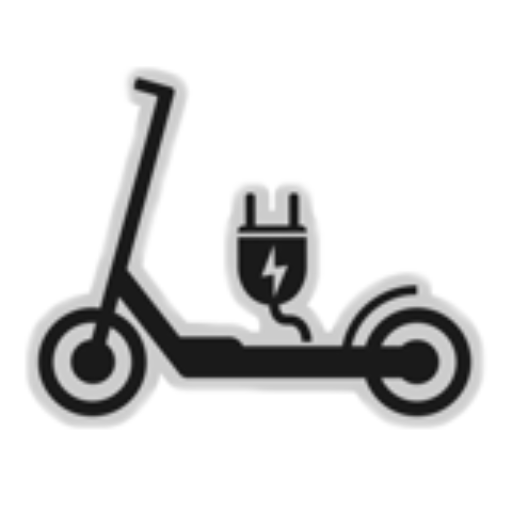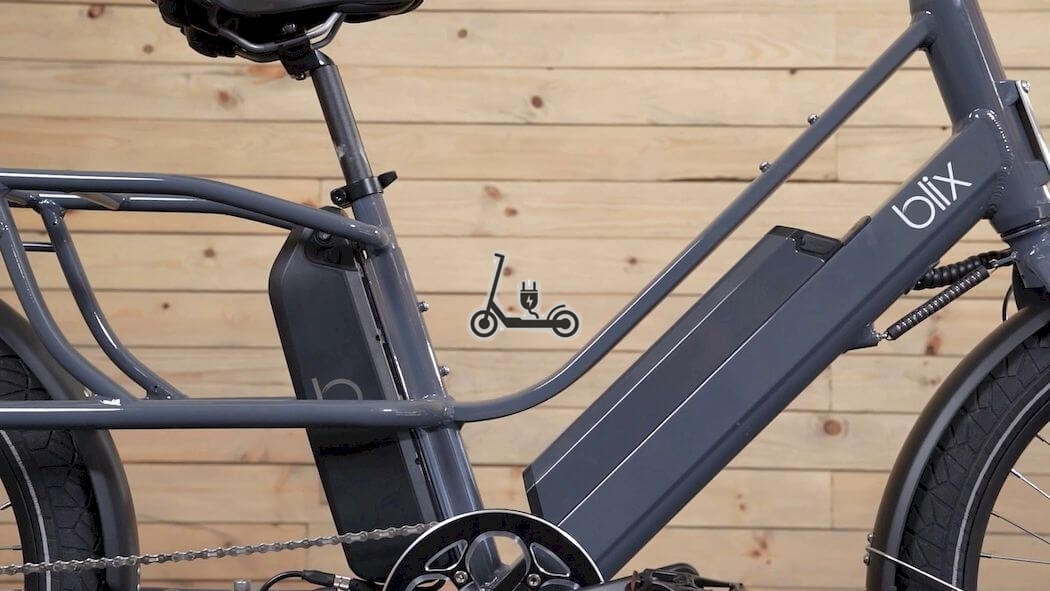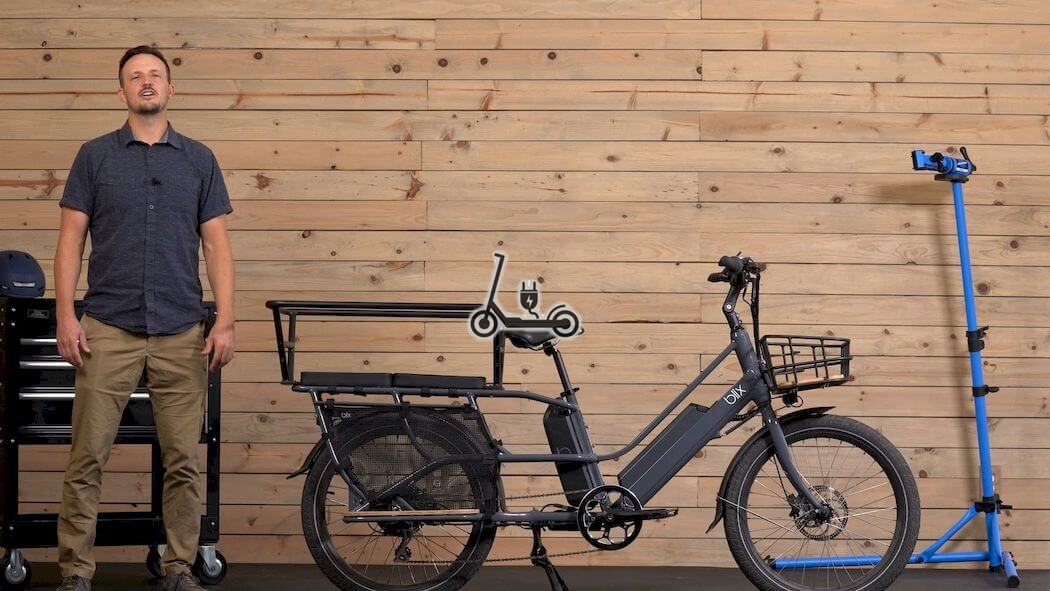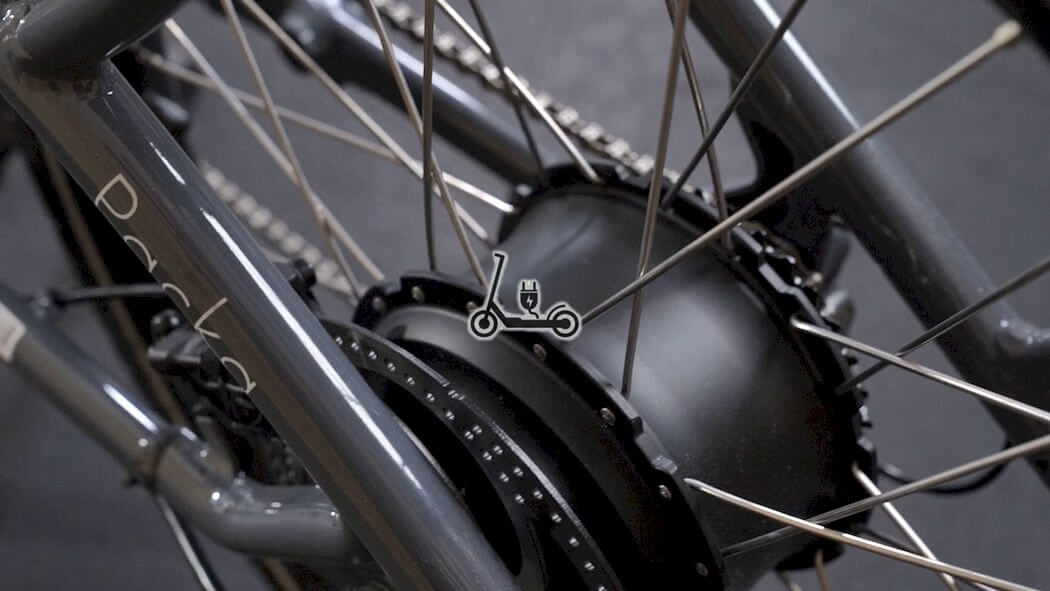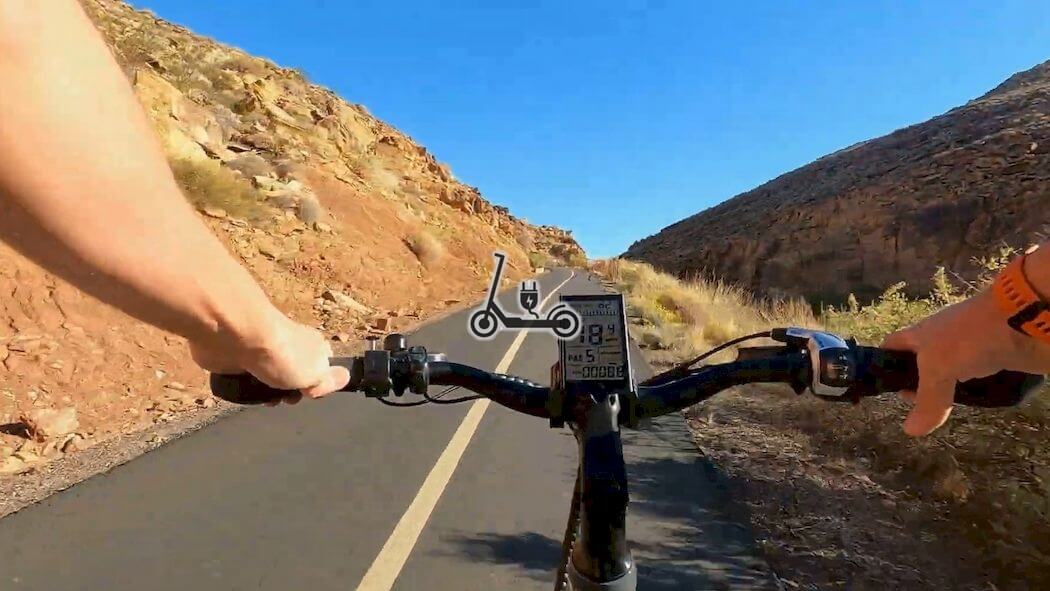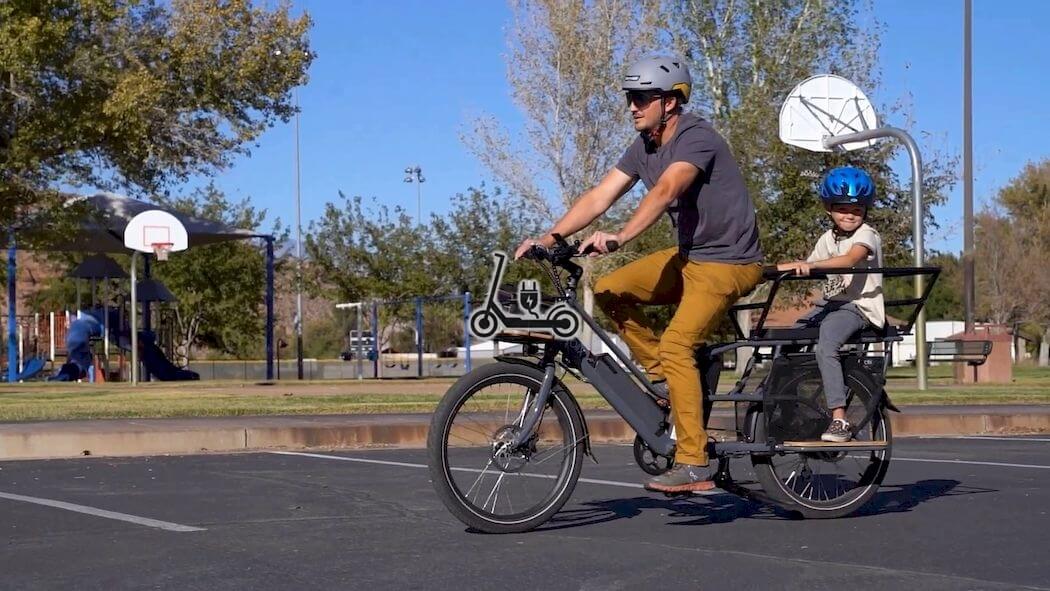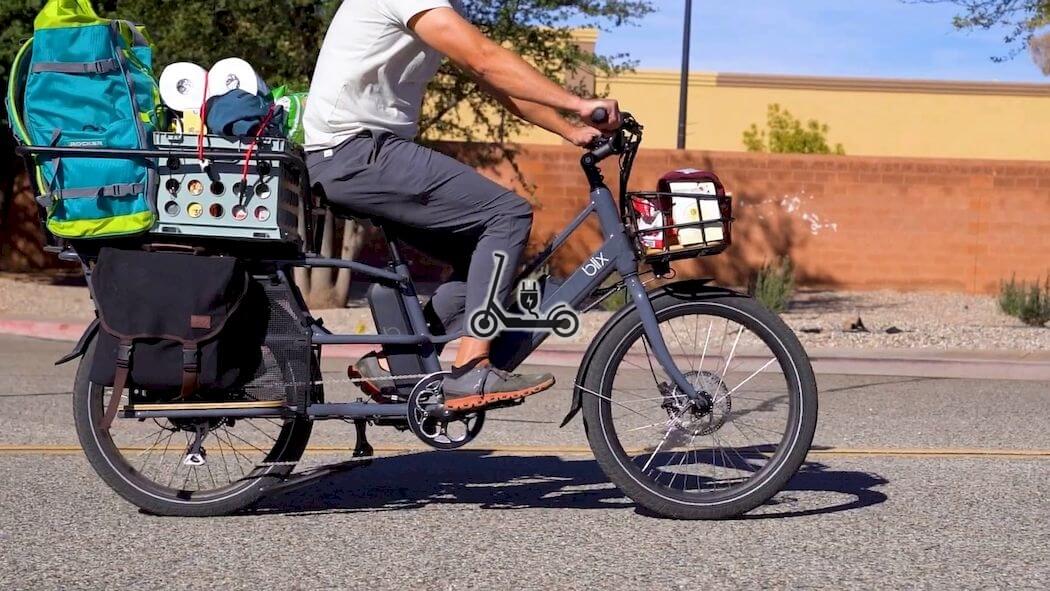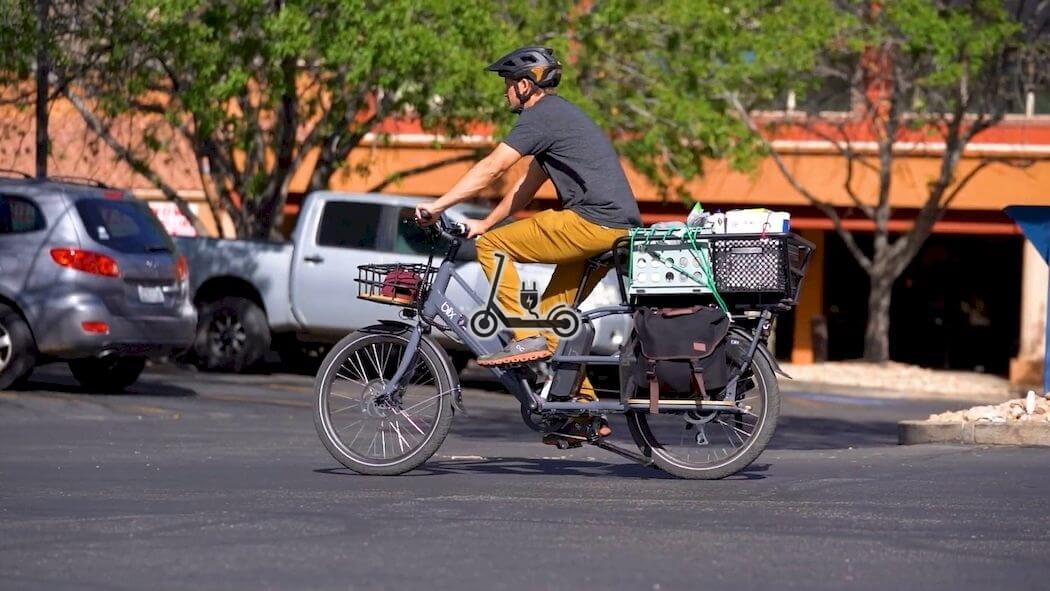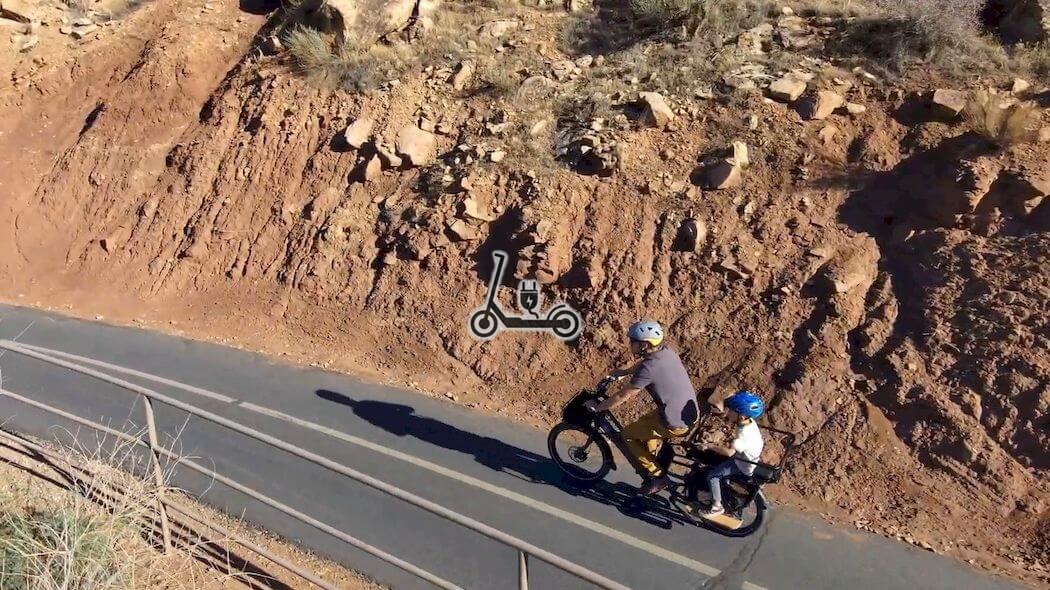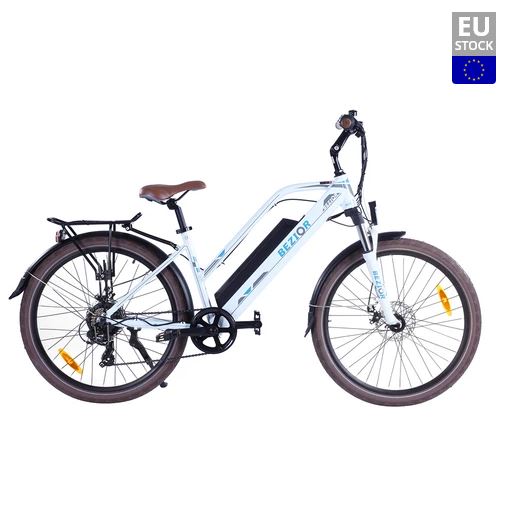When I first wrote about my experiences using a Blix Aveny e-bike, I almost exclusively discussed the front basket, the back luggage rack, and the built-in lights, which essentially never need to be recharged. And there’s good justification for that. Even if having electric help is a major, um, benefit, especially in car-centric traffic, I still strongly believe in bikes that are designed for real-world, everyday tasks.
Soft contact points and a 12-magnet cadence sensor that provides you with steady, smooth assistance from the Shengyi hub motor make it comfortable to ride as well. You have everything you need to mount two large panniers and begin traveling wherever on two wheels, including integrated lights, fenders, luggage decks, and a wide double-kickstand.
It’s a good deal considering the competition, and the package is outstanding. Therefore, I don’t mind saying that I was a little nervous when I went to pick it up.
| Frame | 6061 Aluminum Alloy |
| Crankset | 170mm |
| Rear Derailleur | Shimano Acera 7spd |
| Motor | Rear Hub, Geared, 750W |
| Battery | 614Wh (48V) 1st battery, front |
| Wheel & Tire | 24” x 2.4”, Puncture Resistant, Reflective Strip |
| Seatpost | 27.2 x 300mm, Alloy |
| Stem | Adjustable Angle, 1 1/8" Threadless, 31.8mm Clamp |
| Brakes | Bengal Hydraulic Disc, 180mm Rotors |
Video Review of Blix Packa Genie
Blix Packa Genie: Design and Build Quality
Whether it’s day or night, sunny or cloudy, a smart e-cargo bike should always be prepared for anything. A brake light is included in the taillight so that passing motorists and cyclists will be alerted when you are stopping, and the integrated headlight is bright enough to assist you in spotting road obstructions at night. Our pant legs were protected from puddles by two plastic fenders that held their position effectively. You can see the time of day, your speed, battery life, and other information on the display. It also has a USB plug so you can use your bike to charge your electronics.
To help you get the most of your Packa, Blix also manufactures a variety of accessories. The manufacturer produces a variety of rack and basket alternatives, and the bike’s front rack mount is on the head tube rather than the fork, preventing you from turning the weight of the rack as you ride. To make the bike safe for children, you may also purchase seat padding and cages. Yepp child seats work with the back rack as well.
But from what I can tell, it does not let me down. The few trips I’ve made so far, including hauling more than 30 pounds of ice to make up for a broken refrigerator and later picking up a case of beer to commiserate about that very same refrigerator, have shown it to be an incredibly practical machine for heavy load hauling. This is true even though the ride home was surprisingly windy for such a large and long bike.
Fair warning: I don’t have much first-hand experience with e-cargo bikes, so this review should be viewed more as an account of what it’s like to ride this kind of bike than as a thorough comparison of it to the alternatives.
But in that context, I am more certain than ever before that e-cargo bikes could actually devour cars. Ironically, I’m also starting to see why so many people enjoy pickup truck ownership because this feels like a scaled-down version of that. Even while it isn’t necessary for many tasks around town, there is something to be said for being able to just load items into your car and drive away without having to think ahead or make a plan for hauling capacity.
Blix Packa Genie: Power and Range
Instead of a more expensive torque sensor, you receive a cadence sensor. In other words, the amount of force you provide to the pedals does not control how fast you pedal; instead, you control how fast the motor assists you. Because you can spin in an easy gear to generate the most power, cadence sensors don’t feel as intuitive as they should, but there are five pedal-assist levels you can choose from to reduce the resistance. However, it is also connected to the pedal-assist (PAS) mode, so you don’t get full throttle until you’re in the highest PAS level. There is also a throttle that provides power on demand.
A one-size frame with an adjustable stem, a robust but dependable Shimano Acera 7-speed gearbox, and mechanical disc brakes rather than hydraulics from Tektro are other cost-cutting features. Only the faux-leather grips (as they are faux leather) really feel cheap, but you can change those for a few dollars.
If you’re not used to handling a huge bike, don’t allow the Packa’s weight deter you because it doesn’t ride like an 80-pound machine. (However, when you carry it, it feels like 80 pounds, so keep that in mind if you need to transport a bike up stairs.) Because the weight is most noticeable when you stop, the low-slung step-through frame design enables you to put your foot down right away. Additionally, you can use the throttle to get off the line and stabilize the bike if pedaling away from a stop is challenging at first.
The Packa is a great cruiser once up to speed. The bike’s comfortable ride is enhanced by its wide tires, which can withstand uneven roads, and its plush saddle and grips. Even with 60 pounds on the rear wheel, the frame feels good and rigid. Additionally, the 24-inch wheels enable the rear deck to be lower than it would be on other cargo bikes, which lessens the effect of weight transfer while changing directions quickly. We weren’t too bothered by the mechanical Tektro brakes’ lack of hydraulicity because they let us to brake fully without having to exert too much force. If you want one-finger full-power braking, it’s a simple update.
In general, the electric assist works well. We didn’t come across any hills we couldn’t climb, but the bike doesn’t climb hills as quickly as a cargo bike with a Bosch system does. The cadence sensor is the best one we’ve used, giving you a steady boost as you cycle and cutting you off as soon as you stop. Since there is no benefit to having five different throttle settings, I would prefer if the throttle were independent of the pedal-assist modes.
Additionally, there is a visible drag produced by the engine if you attempt to peddle or use the throttle above the bike’s 20 mph maximum assisted speed, which is comparable to the drag produced by regenerative braking (which Blix does not tout as a feature). Above 20 mph, using the throttle or pedaling seems to slow you down more than coasting, but once you’re below 20, the electric support turns back on. It’s somewhat awkward, but you can get around it by simply coasting above 20.
Blix Packa Genie: Conclusions
I find it remarkably simple to believe that the Packa Genie can transport up to 200 pounds of luggage, and perhaps more if you add a trailer. I haven’t worried about power yet thanks to the strong motor and long range, and I haven’t worried about riding at maximum boost when I needed to bring the ice home quickly.
The Packa or the Rad Power Bikes RadWagon 4, the most well-known e-cargo bike in the United States and a device that blew us away when we evaluated the previous iteration last year, is the clear choice.
The quick response is: Opt for the RadWagon over the $1,599, single-battery Packa. However, choose the two-battery Packa if you anticipate riding more than 30 miles in a day (or on a single trip).
The battery is a major factor in the RadWagon’s victory. Both bikes use 48-volt Samsung batteries, although the RadWagon has a 14 Ah battery compared to the Packa’s 10.4 Ah battery, which costs $1,599 more. As a result, the stock RadWagon has 30 percent more range. The latter bike will pull up slopes considerably better because it also has a geared hub motor with double the torque of the Packa.
But with a range of 70 miles, it’s hard to argue, therefore I’d choose the two-battery Packa over the RadWagon. The Blix Packa is a great option if you’re searching for a cheap, reliable e-cargo bike that you can use for long distances between charges.
The odometer has only traveled a little over 10 miles since I bought this. When I originally got on the saddle, the battery indicator was showing a 64% charge, so it’s not too awful that it’s now displaying a 62% charge.
These are still early days. Before I unwillingly hand this beast back, I want to test it out with greater loads and longer hauls. But for now, I think it’s safe to say I’m a fan.
